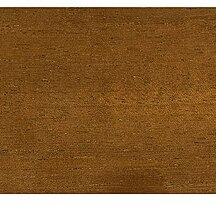Slash white and pink with orange granules, without a sweet scent
Buttresses blunt and often rather indistinct
Inflorescences tomentellous
Leaflets often galled
Bark somewhat scaly
Flowers cream.


